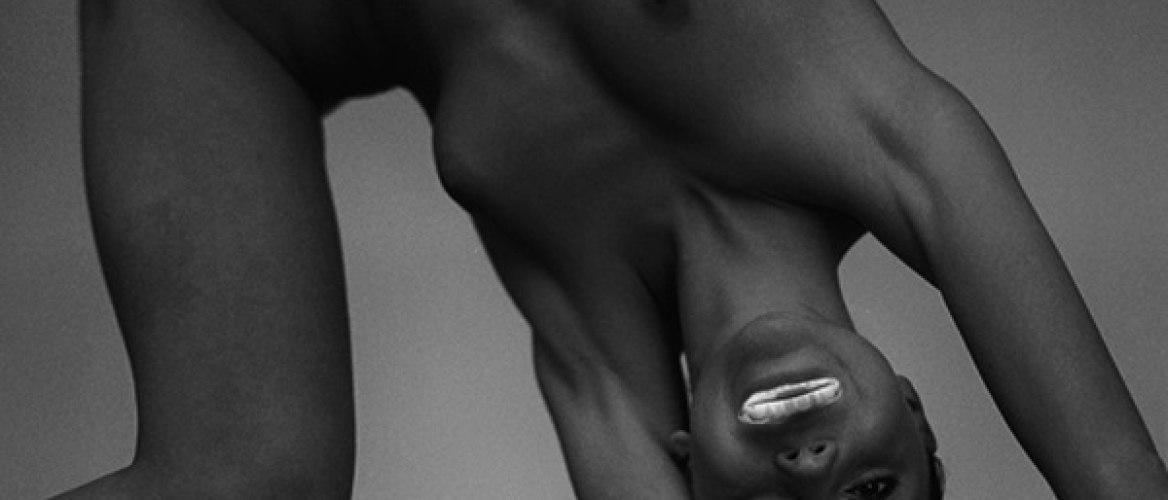
Tono Stano (b. 1960) is a photographer of Slovakian origin, living and working in Prague. He achieved prominence for his portraits and nudes. Making nude shots, Tono Stano focuses on the angles and forms of the human body. He is a demanding master who wants his models to play a big part in the process. At the same time, he is the only director on the stage. The aspiration for self-reliance and the highest level of performance corresponds with Japanese culture and mentality. The concentration on shapes and proportions manifested in the human bodies resembles Eiko Hosoe’s “Man and Woman” or “Embrace” series.

Fig. 1. Portrait of Tono Stano, 2014 (Wikipedia.org)
Slovak New Wave
Tono Stano was born in Zlaté Moravce, a town in south-western Slovakia. At the age of fifteen, he began to attend the secondary school of applied arts in Bratislava. According to the art historian Magdalena Jurikova, Stano wanted to follow the graphic art program at first. But that department turned out not to have openings, and he had to enroll in the photography program instead. It was the photographer Milota Havránková who, being a teacher at the school, persuaded him to choose his career. In 1980, after a year of working as a photographer on film sets, he enrolled at the FAMU (School of Film, Photography, and Television) in Prague and graduated in 1986. With several Slovakian students, he founded the group Slovak New Wave in the first half of the 1980s. As writes Jurikova, new photography was grounded in the art of performance and antagonized itself to the static, “contemplative, existential atmosphere of black-and-white photography in Bohemia.”
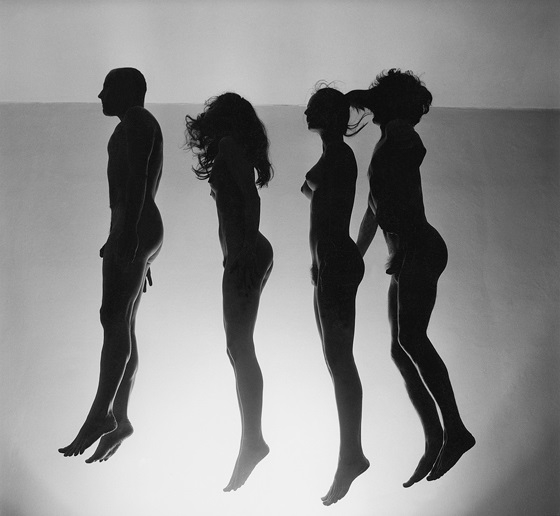
Fig. 2. Last Jump Together, 1985 (tonostano.com)
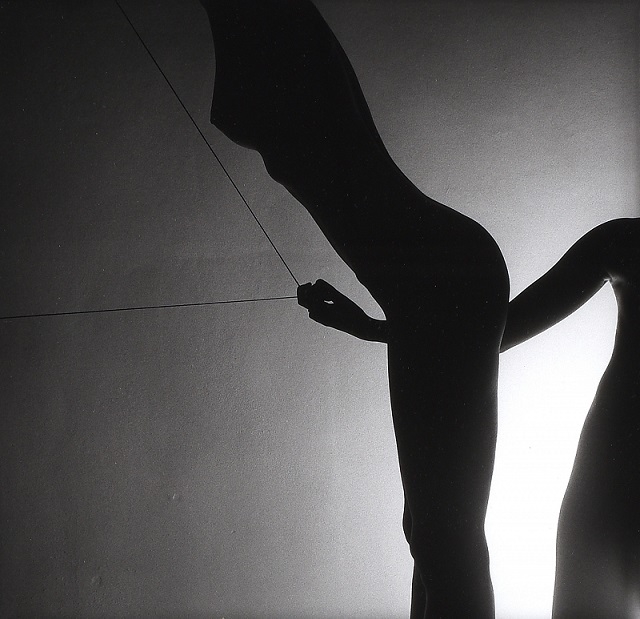
Fig. 3. Angry, 1985 (pragueauctions.com)
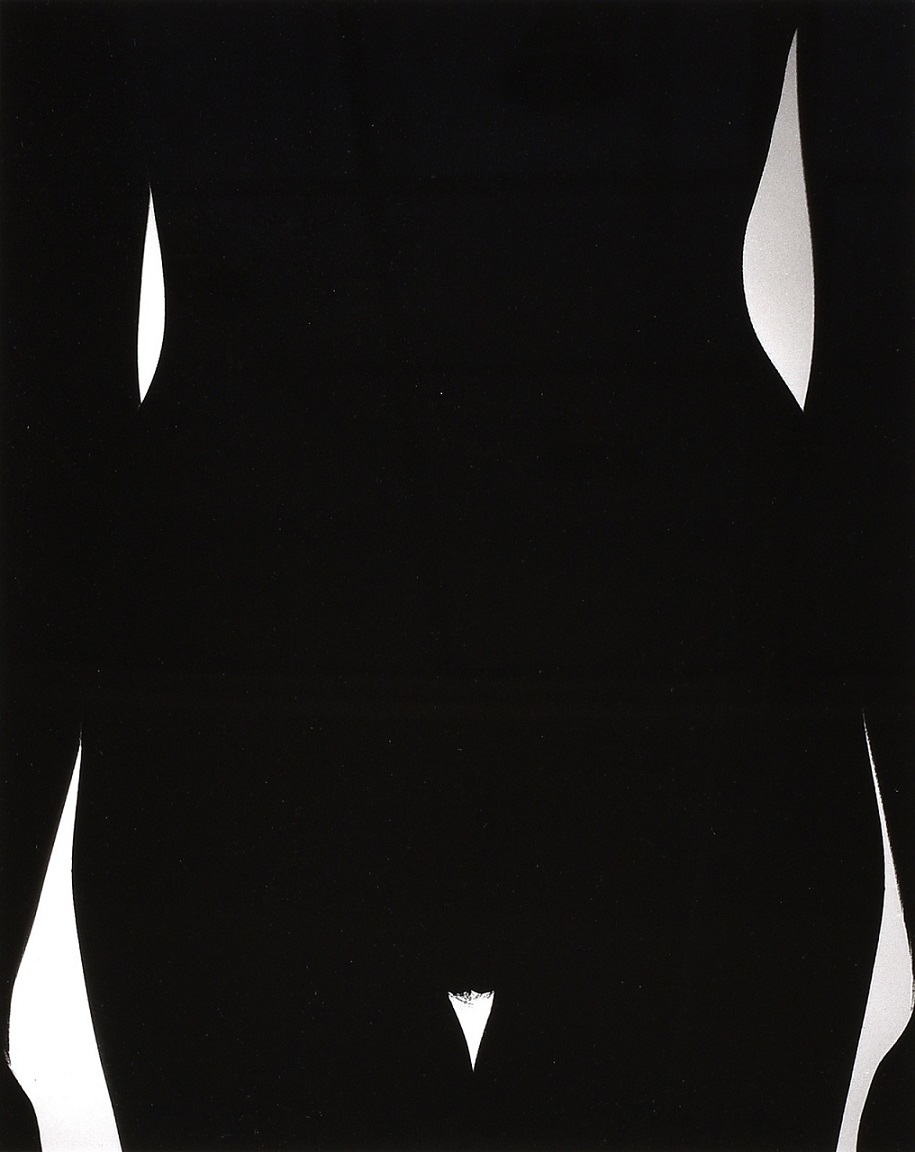
Fig. 4. Untitled, 1995 (pragueauctions.com)
The Calligrapher
Keeping in mind the initial desire of Stano to be a graphic artist, Jurikova compares him to a calligrapher “who gives the brush great spontaneous energy, resulting in a powerful gesture.” This comparison stops being just an illustration of the photographer’s approach once we recall that many European artists, e. g. the Renaissance engraver Geoffroy Tory, mentioned the relation between the shapes of the letters and the human body. Such Stano’s works as Eye, 1995 (fig. 7) or Waiting or a Stroke, 1993 (fig. 8) are associatively close to the Egyptian hieroglyph of an eye (correlates with modern letter O).

Fig. 5. Don’t Fall, 2002 (tonostano.com)
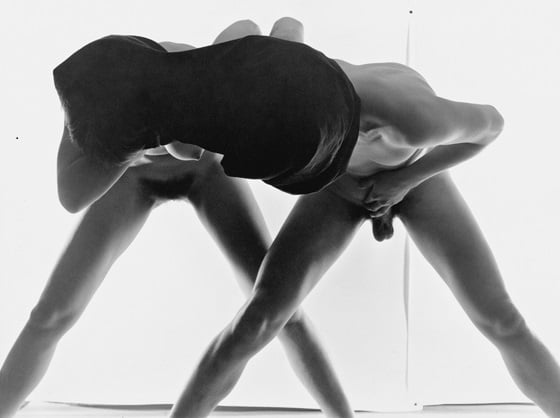
Fig. 6. Couple, 1984 (tonostano.com)
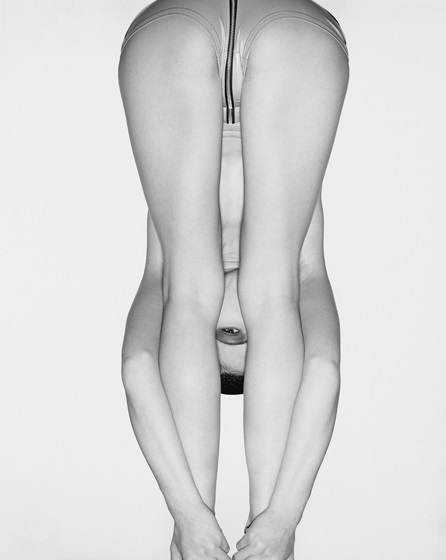
Fig. 7. Eye, 1995 (tonostano.com)
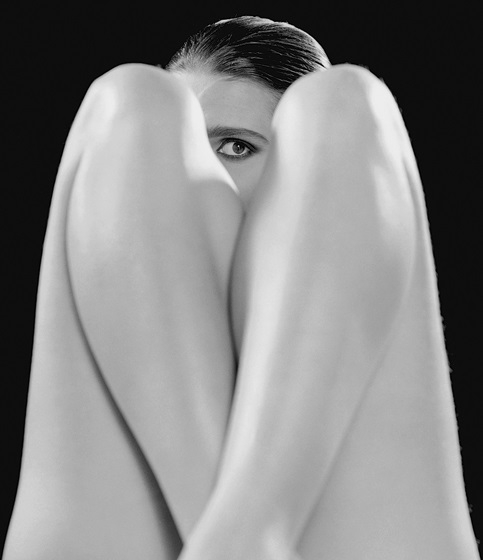
Fig. 8. Waiting or a Stroke, 1993 (tonostano.com)
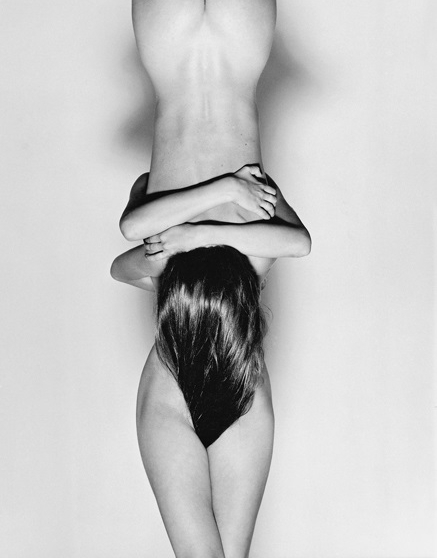
Fig. 9. Sumptuous Hair, 1990 (tonostano.com)
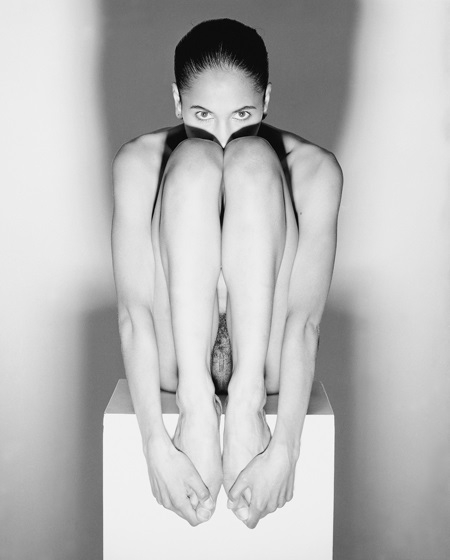
Fig. 10. Uncovered and Covered, 1995 (tonostano.com)
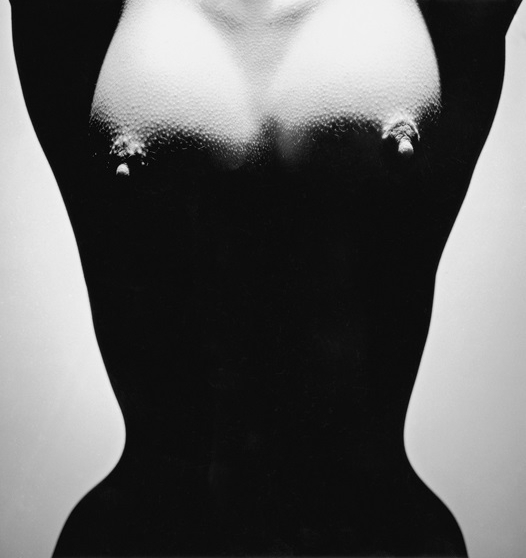
Fig. 11. Top, 1994 (tonostano.com)
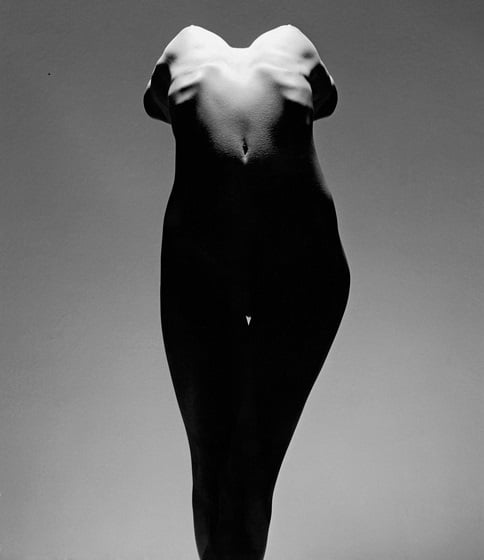
Fig. 12. Fairytale Creature, 1995 (tonostano.com)

Fig. 13. Bottom, 1994 (tonostano.com)
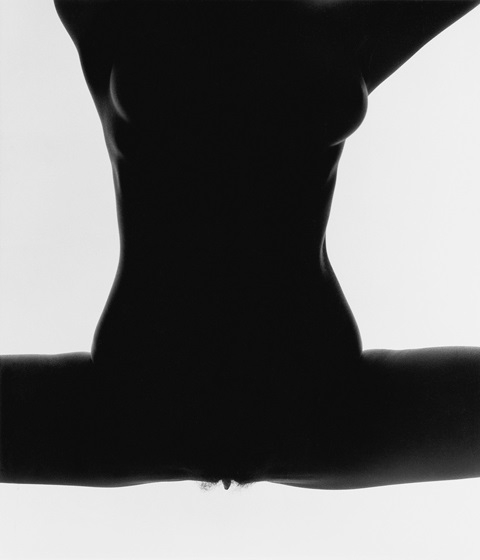
Fig. 14. Totso with Spread Legs, 1993 (tonostano.com)
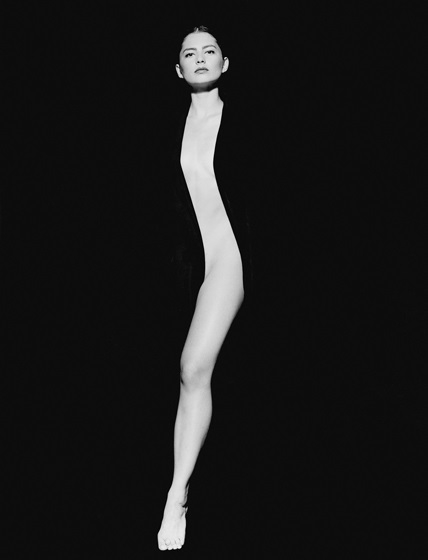
Fig. 15. Sense, 1992 ((tonostano.com)
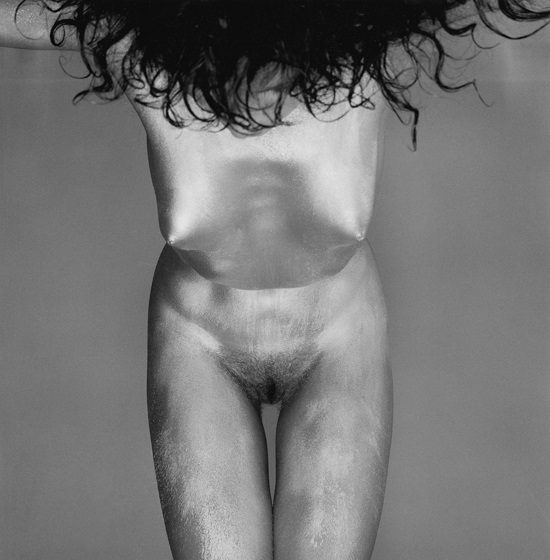
Fig. 16. Glossy Lady, 1986 (tonostano.com)
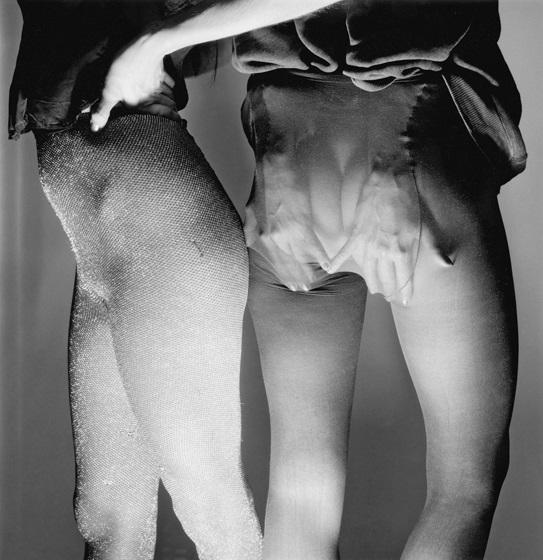
Fig. 17. Easygoing Girls, 1986 (tonostano.com)
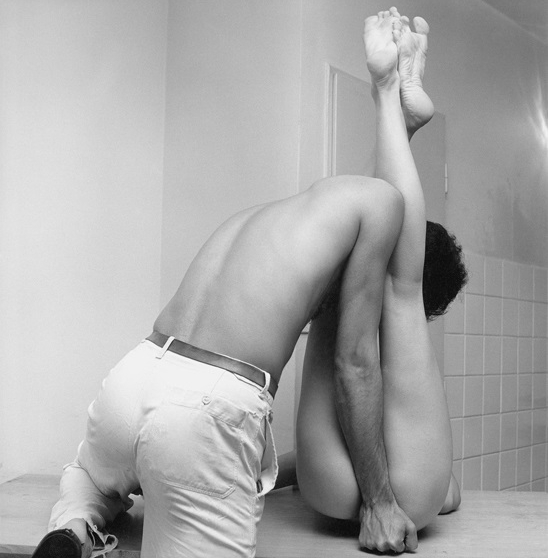
Fig. 18. Who’s that?, 1984 (tonostano.com)
Renaissance and Molinier
Stano’s interest in moving body recalls the cult of esthetically perfect and healthy nudity in the XXth century nudist society. It evokes ballet dancers and athletes. Pursuing rhythm and harmony, the photographer shares the tradition of Greek sculptures and Renaissance paintings, which praise not the body in general but often the perfect examples, emphasizing muscles and curves. Although Jurikova remarks that sensuality and eroticism don’t prevail in Stano’s works, his White Shadow series can subtly remind us of Pierre Molinier. This correspondence is supported by kaleidoscopic photographs like Man In a Frame, 1991 (fig. 27), Documentation of a Promise II, 1994 (fig. 26), or Advertising Myths and Superstition in Sexual Life, 1989 (fig. 25), evoking Molinier’s oeuvres like Elevation, ca. 1970 (fig. 28).

Fig. 19. My Homeland, 2012 (tonostano.com)
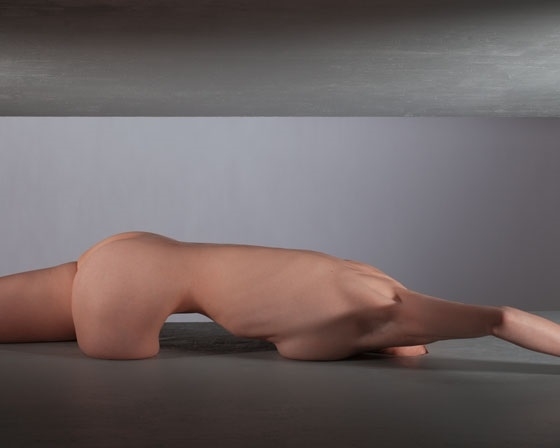
Fig. 20. On the Edge, 2010 (tonostano.com)
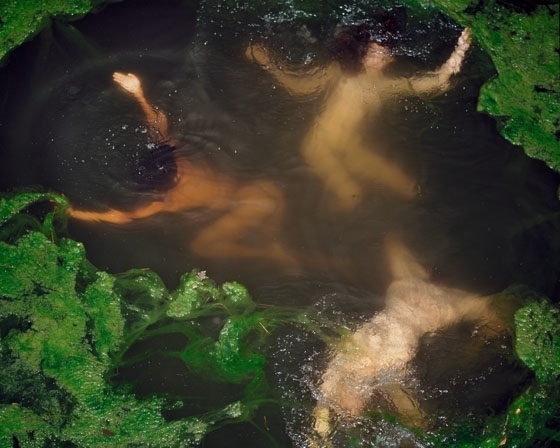
Fig. 21. Fairies, 1994 (tonostano.com)

Fig. 22. A Preference for the Hidden Nature, Selfportrait, 1982 (tonostano.com)
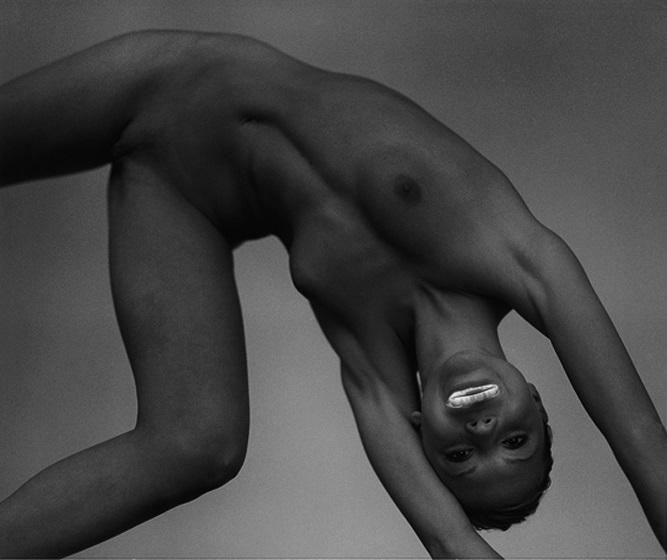
Fig. 23. Accumulator, 2005 (tonostano.com)
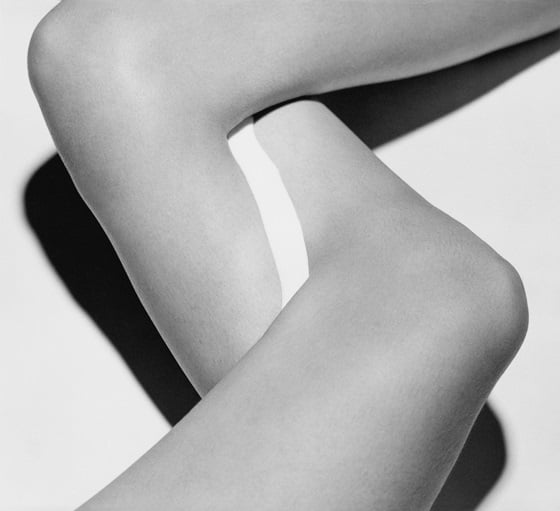
Fig. 24. Local Filling II, 1995 (tonostano.com)
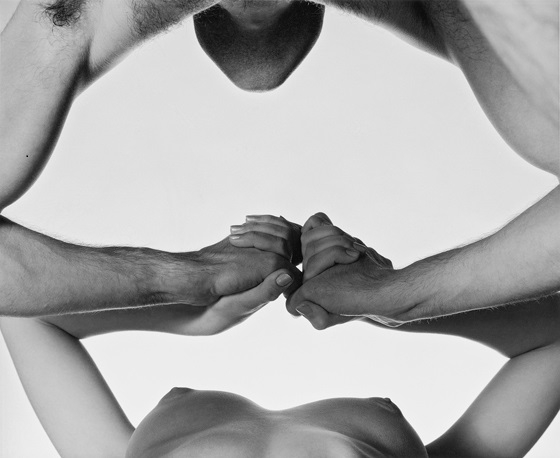
Fig. 25. Advertising Myths and Superstition in Sexual Life, 1989 (tonostano.com)

Fig. 26. Documentation of a Promise II, 1994 (tonostano.com)

Fig. 27. Man in a Frame, 1991 (tonostano.com)
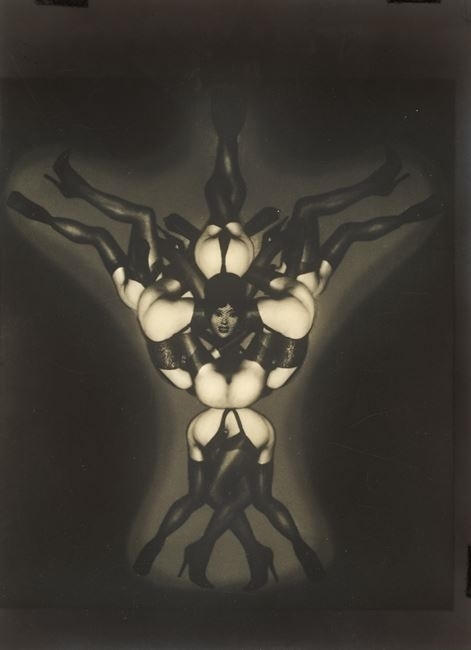
Fig. 28. Pierre Molinier, Elevation, 1970 (ocula.com)
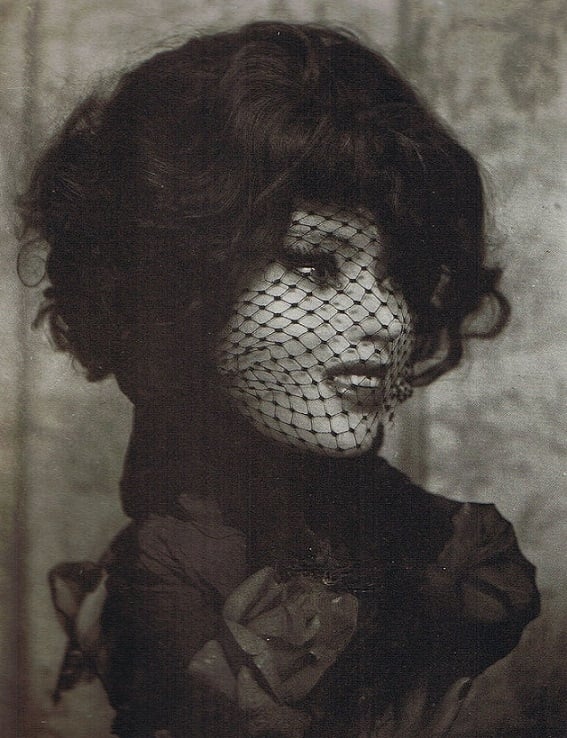
Fig. 29. Doll by Pierre Molinier (pinterest.com)

Fig. 30. White Shadows, 2011 (tonostano.com)
The Sculptor and The Philosopher
Considering Stano’s attention to the plasticity of the body and his ability to bring to light the talents of his models, he can be compared to a sculptor as well. The model, which is a separate developed human being, strangely turns into a curious kind of material to be reshaped. It can become a mystical creature, a floating deity, a decorative element, a kaleidoscope, an ornament, a letter, a sign. The body receives the extent of indefiniteness that is common for the human soul often undergoing dramatic metamorphoses throughout life. The body begins speaking as usually does the soul, thus, overcoming Cartesian duality of mind and matter.
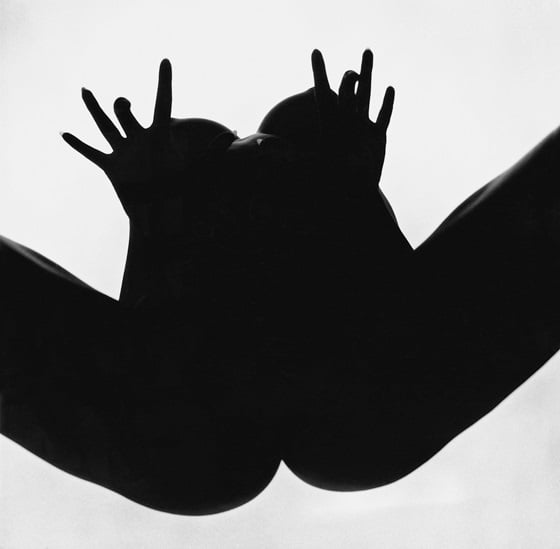
Fig. 31. Czech Symbolism, 1990 (tonostano.com)
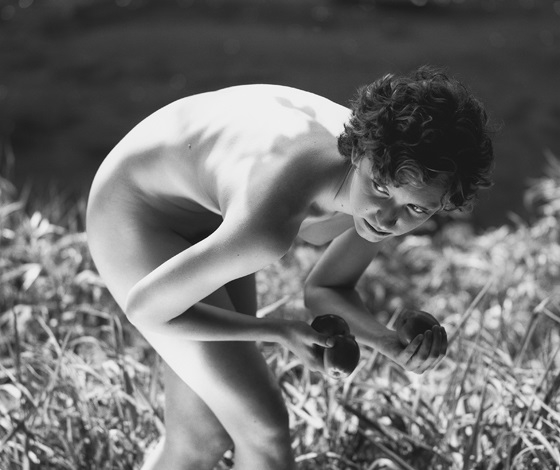
Fig. 32. Gift, 1999 (tonostano.com)
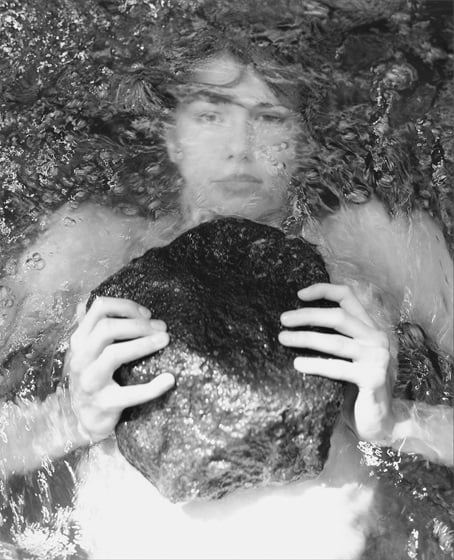
Fig. 33. Craving, 2001 (tonostano.com)

Fig. 34. Don’t Lay, 1999 (tonostano.com)
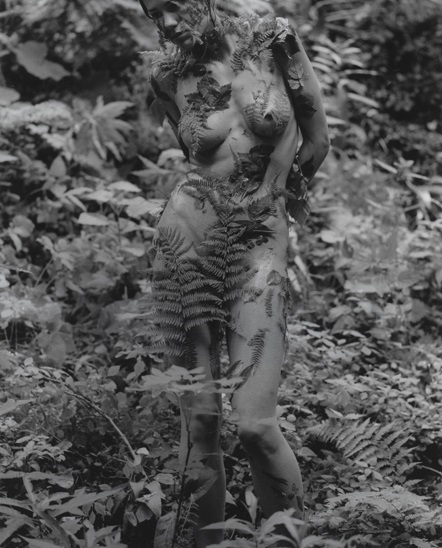
Fig. 35. I May Disappear, 2001 (tonostano.com)
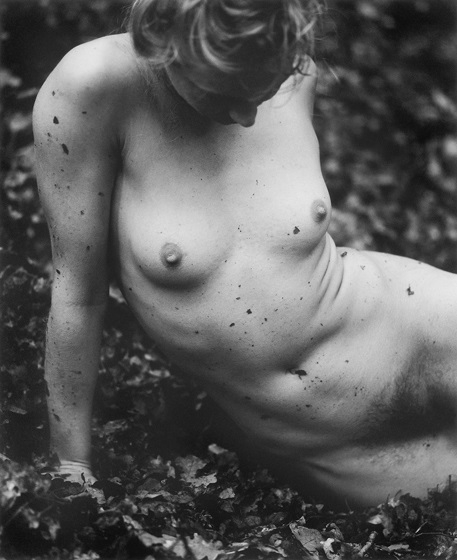
Fig. 36. At Home II, 2000 (tonostano.com)
Sources: lensculture.com; tonostano.com
Click HERE for the high contrast photography of Stano’s Japanese colleague Eiko Hosoe….!!
Let us know your thoughts on the photographic work of Tono Stano in the comment box below….!!
